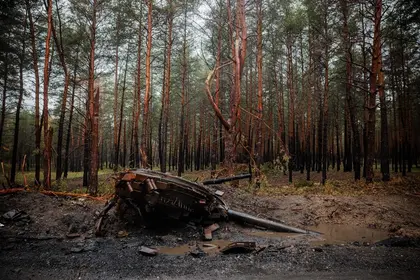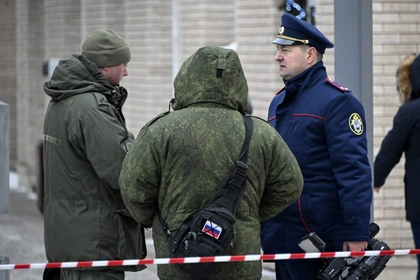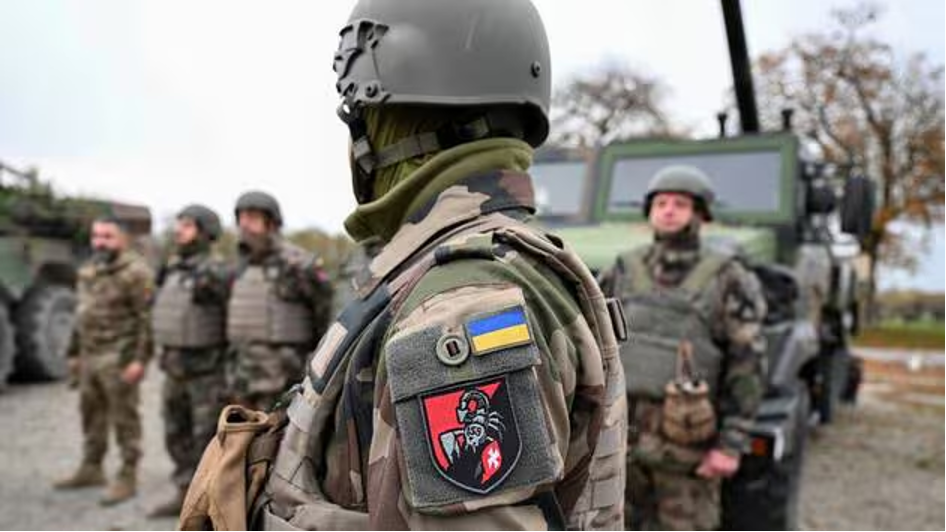Massed offensives of high-tech Russian tanks attacking in unstoppable waves of armor and firepower aren’t just taking place less and less – they are probably close to extinct.
Oryx, a Dutch defense analysis website and research group, reported in a Nov. 20 analysis Moscow has lost fully 40 percent of all the tanks Russia had in inventory before invading Ukraine.
JOIN US ON TELEGRAM
Follow our coverage of the war on the @Kyivpost_official.
Based on independently confirmed images of destroyed, knocked-out, or captured Russian tanks, the report said the Kremlin has lost slightly more than 1,500 tanks since the war began, among them 859 destroyed, 64 damaged, 56 abandoned, and 521 captured by the Armed Forces of Ukraine (AFU).
- Access the most up-to-date war in ukraine update in the Kyiv Post’s daily news items today.
- Check out the freshest Ukraine news items as of today.
According to the 2022 Military Balance report published by the International Institute of Strategic Studies, Russia started the war with 3,417 functional tanks, of which 2,357 were built after 2000 and more or less modern.
Military journalist Yury Butusov, in a Nov. 21 morning Facebook analysis, estimated that of those tanks lost to the Russian military, at least 516 were expensive and relatively up-to-date models like T-72B3, T-72B3M, T-80BVM, T-90A, and T-90M, equipped with high tech thermal sights and, because of western sanctions, almost impossible to replace.
Volodymyr Lysovsky, a fighter and anti-tank gunner in a Kyiv regional territorial defense battalion, told Kyiv Post in a November interview the Russian military entered the war using World War II tactics of massed tank columns that, in theory, would deploy overwhelming firepower and impenetrable armor to overrun defenders.

Poland to Use EU Presidency to Fast-Track Ukraine’s NATO and EU Membership
That aggressive, offensive style of war, successful in past Russian offensives against poorly armed infantry in Chechnya, Syria and Georgia, over and over drove the Kremlin’s tanks into ambushes by Ukrainian infantry heavily armed with anti-tank missiles fully capable of blowing up any armored vehicle in the Russian army inventory, Lysovsky said.
During fighting in the Chernihiv sector in March, he said, he and his mates destroyed at least as many Russian tanks by calling down artillery bombardments on broken or abandoned vehicles, as they did launching missiles to blow the tank up.
“The Russians for a long time threw away tanks like they were washrags, but they don’t do that anymore,” Lysovsky said. “Now I guess they are running out.”
As the war has ground on, more and more evidence has surfaced that the Russian army is looking, with increasing intensity, for ways to replace all the tanks demolished by AFU fighters like Lysovsky.
The first transfer of Belarusian tanks to the Russian military, 20 T-72 tanks of 1990s vintage, was delivered in October, a statement by Ukraine’s Army General Staff (AGS) said. The Belarusian opposition group Belarusian Hajun Project not only confirmed the transfer but posted internet updates on the train shipment all the way into Russia’s Belgorod Oblast’. When a second tank trainload left Belarus’ Orsha station, notwithstanding a Belarusian ban on publicizing secret military information, the location and movement of those tanks was made public as well.
In late May, Russian anti-government social media, and then-independent Ukrainian news platforms, followed 45 Vietnam-era T-62 tanks taken out of storage in Siberia and shipped to Ukraine’s south, where they were committed to Russia’s ultimately unsuccessful attempt to hold a bridgehead on the north bank of the Dnipro River around Kherson. According Oryx’s research, the first T-62 was confirmed destroyed in Kherson sector on July 11 and the last was found abandoned, and photographed, by AFU troops on Nov. 20.
That poor battlefield performance notwithstanding, the Russian military’s most viable plan to replace tank losses could well be refurbishing more T-62s, according to Andrey Gurulyov, a former Russian general now serving in Russia’s parliament. During a YouTube-published tour of the 103rd Armored Repair Plant in Russia’s Transbaikal region, Gurulyov told local state-run media the plant will upgrade 800 T-62 tanks to modern standard.
Images from the repair facility showed the Russian politician speaking with workers next to T-62s being prepped for combat against the AFU with the addition of extra turret armor, engine overhauls and steel plates to protect crew and road wheels. No upgrades to the T-62’s notorious automatic shell-loading system – in its day feared by operators for sometimes loading a soldier’s arm or leg along with the munition – were visible in the report.
T-62s captured by the AFU in Kherson had add-ons similar to those seen in the 103rd repair plant. Those tanks lacked modern fire control systems, thermal sights and secure communications, and proved to be near helpless against Ukrainian anti-tank weapons drawn from NATO inventories or, in some cases, launched by Turkey-manufactured strike drones.
The Russian Federation (RF) intended to produce 240 modern tanks in 2022 to add to its fleet but, because of Western sanctions on Russia, “that plan failed completely,” Butusov said.
The Russian army in Ukraine now is so short of tanks of all types, Butusov said, that it is unable to field mass formations and that local commanders are under orders not to push more than a few tanks out into the open at any one time. In some sectors, he reported, Russian commanders are resorting to unsupported, massed wave infantry attacks, because the Kremlin high command prefers personnel to tank losses.
“The destruction of Russia’s tank forces…has been so severe, that the Russian army will not be able to repair the damage for a very long time, if ever,” Butusov wrote.
AFU soldiers in the Kharkiv, Donbas and Kherson sectors told Kyiv Post by telephone or text communication they seem to be up against far fewer numbers of Russian tanks than in the beginning of the war. Two soldiers in the Bakhmut sector confirmed Butusov’s account, widely repeated in Ukrainian media, of Russian massed infantry attacks without tank support.
In its Nov. 21 situation estimate, Ukraine’s AGS reported over the past 24 hours the AFU claimed it had eliminated six Russian tanks. The total number of Russian tanks destroyed, knocked out, or captured by the AFU since the war began was, by that count 2892 vehicles: almost exactly twice the tank losses confirmed by Oryx.
You can also highlight the text and press Ctrl + Enter






